Video of the Week:
Storing and Preserving Peppers
Fruit:
Fruit Planting Preparation
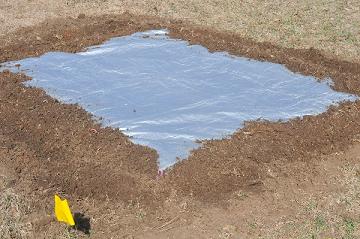
If there are only a few plants to be planted, consider tarping each planting area to guard against a wet spring, delaying planting after plants are shipped and received. (Ward Upham)
Flowers:
Fertilize Spring-flowering Bulbs
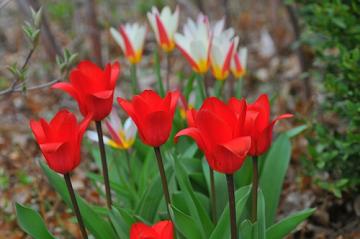
potassium are not needed, blood meal makes an excellent fertilizer. It should be applied at the rate of 2 pounds per 100 square feet or 1 teaspoon per square foot. Turf fertilizers such as a 27-3-3 or 30-3-3 can be used, but cut the rate by a third. (Ward Upham)
Ornamentals:
Questions on Ornamental Grass
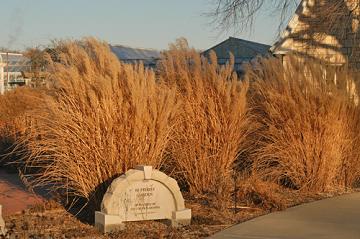
Another question we often receive is whether we can divide ornamental grasses in the fall. Spring is the preferred time because divisions done in the fall may not root well enough to survive the winter. (Ward Upham)
Pests:
Itch Mites
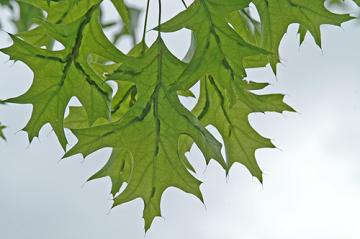
While I lay no claim to having expertise in medical matters associated with arthropods, I am offering this heads up: it is possible that there will be a rash (pun intended) of reports regarding red welts with a centralized blister.
While people often receive a pleasurable soothing, satisfying relief by itching (for instance a mosquito bite), in this instance, itching is painful.
The causative agent is the oak leaf itch mite (OLIM), Pyemotes herfsi. Refer to Extension Publication MF 2806, Oak leaf itch mite. It details a very interesting relationship between female OLIMs which parasitize the larvae of a midge fly responsible for causing marginal galls on oak leaves.
[Point of interest: the recent caller did not find marginal galls on the leaves, but rather pocket galls along the main veins on the underside of leaves. These vein pocket galls are caused by another type of midge. It is conceivable that the OLIM parasitized the larvae of these closely-related midge species. It has been suggested that OLIM (perhaps out of necessity) are opportunistic, having been found parasitizing/feeding on the eggs of periodical cicadas.]
When the female OLIMs leave the marginal galls, anybody under the oak tree becomes a prime target. Or, because they are very small and light in weight, the OLIMs are easily carried (by air currents) to more distant places bringing them into people contact. Lastly, people have reported reactions after raking leaves.
Bites are not felt. Rather, itching reportedly begins 10-16 hours after exposure. Also, there apparently are different degrees of sensitivity (between individuals) ranging from no reaction to severe. Consult Extension Publication MF 2806, Oak leaf itch mite for relief remedies from oak leaf itch mite bites. (Bob Bauernfeind)
Miscellaneous:
Fall a Good Time for Soil Testing
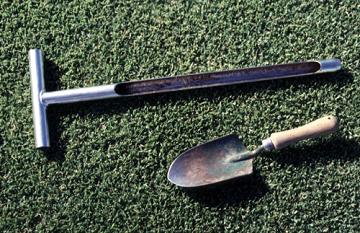
Begin by taking a representative sample from several locations in the garden or lawn. Each sample should contain soil from the surface to about 6 to 8 inches deep. This is most easily done with a soil sampler. Many K-State Research and Extension offices have such samplers available for checkout. If you don’t have a sampler, use a shovel to dig straight down into the soil. Then shave a small layer off the back of the hole for your sample. Mix the samples together in a clean plastic container and select about 1 to 1.5 cups of soil. This can be placed in a plastic container such as a resealable plastic bag.
Take the soil to your county extension office to have tests done for a small charge at the K-State soil-testing laboratory. A soil test determines fertility problems, not other conditions that may exist such as poor drainage, poor soil structure, soil borne diseases or insects, chemical contaminants or damage, or shade with root competition from other plants. All of these conditions may reduce plant performance but cannot be evaluated by a soil test. (Ward Upham)
Call "Kansas One Call" Before Digging
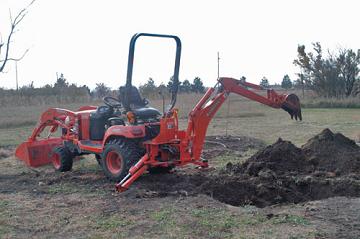
The width of the planting hole is also very important. It should be two to three times the width of the root ball. Loosening the soil outside the hole so it is five times the diameter of the root ball will allow the tree to spread its roots faster. (Ward Upham)
Contributors: Bob Bauernfeind, Entomologist; Ward Upham, Extension Associate
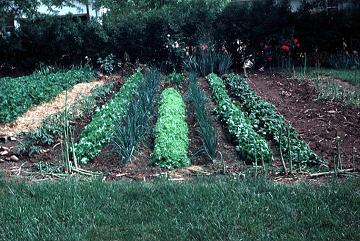
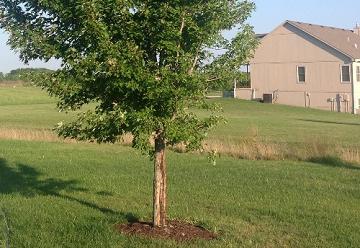
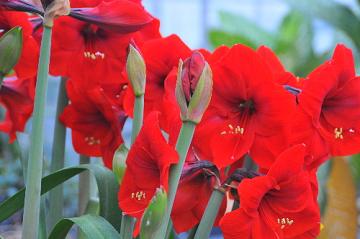
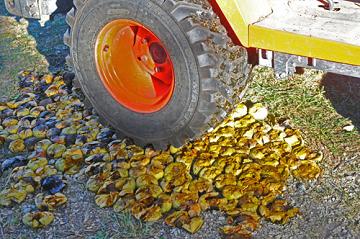
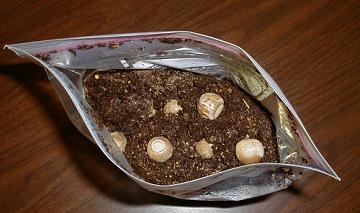
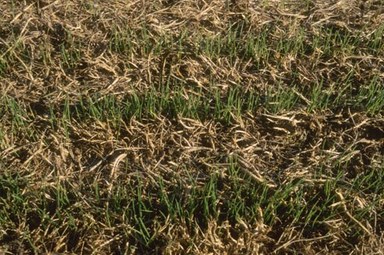
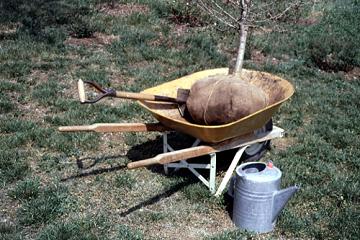
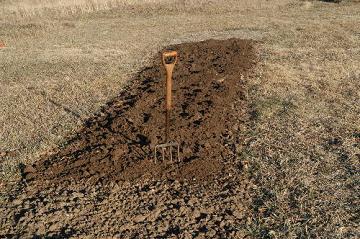
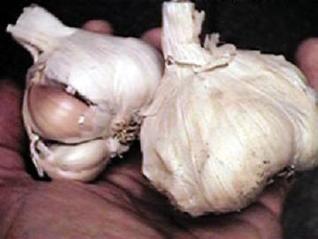
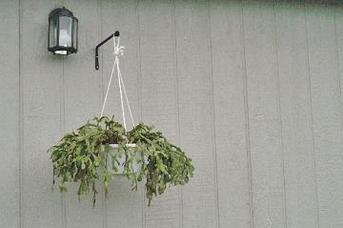
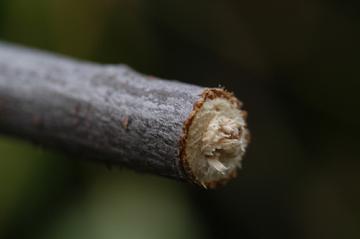
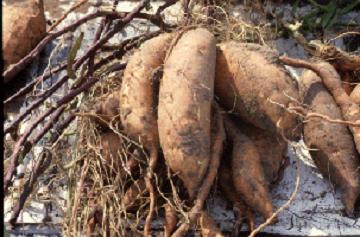
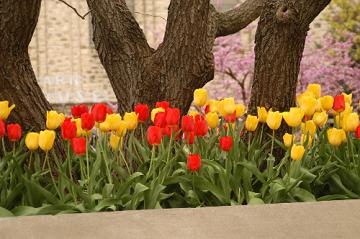
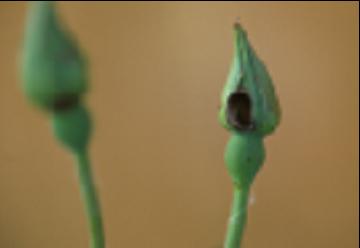
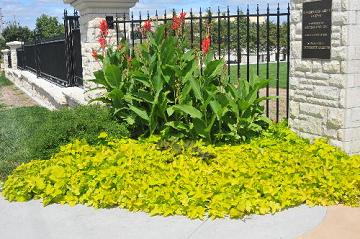
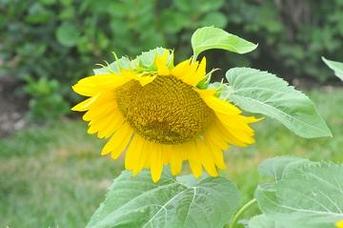
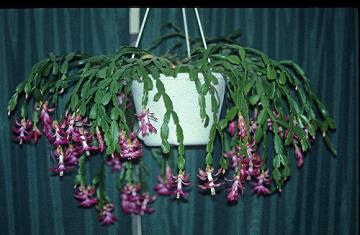
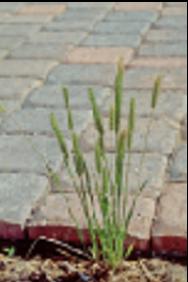
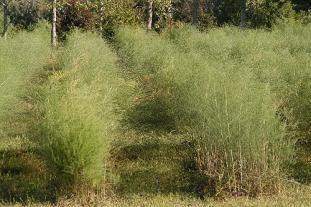
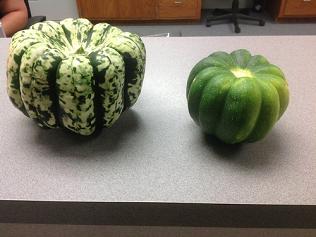
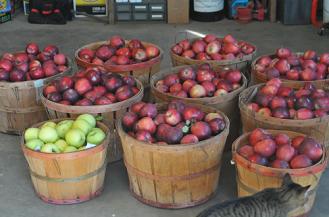
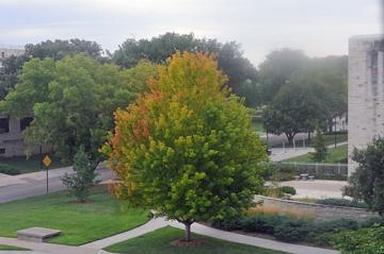
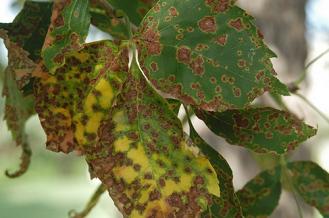
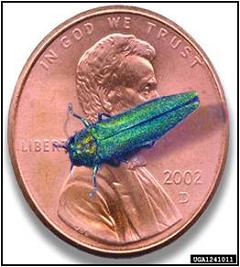
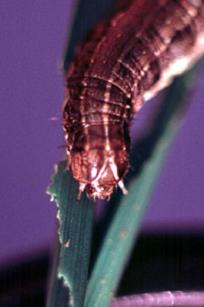
 RSS Feed
RSS Feed
